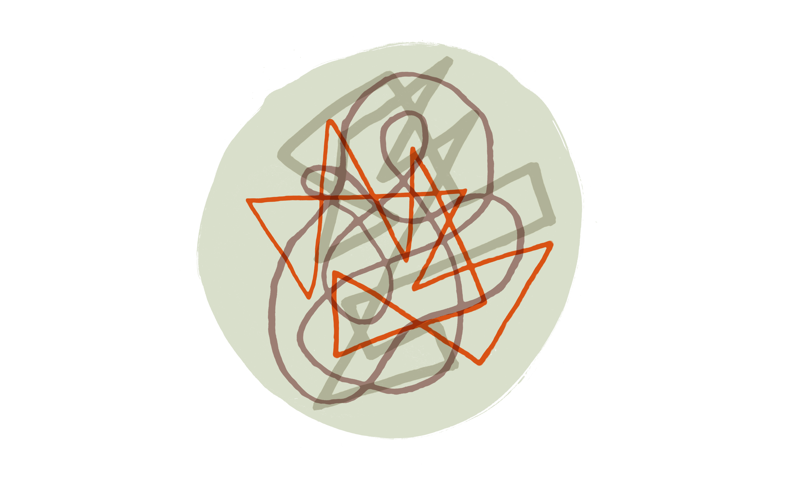There are no images of walls covered in Post-its on this page,
so if you were looking for them you can stop now.
"I want the world!" - inside user insight

Here are some words on our approach to user insight - paper, pairs and precious things, singing, riffing, attacking and organisms, experience, market stalls, and always leave them wanting more...

Paper not pixels - to start with at least. Ideas on paper are easier to criticise, less precious. Users are less likely to tell you on screen-based stuff is shit, they think it's taken you AGES.
Get out from behind that mirror - encourage clients from behind two-way mirrors and into the presence of real people. They will enjoy it and become more engaged.
Oh pairs! - individuals lie, focus groups exaggerate, pairs of friends tell the truth (or something near it). Interview pairs, save money, learn fast.
Age young designers by 30 years - getting designers to think like the people they are designing for is important. Introduce them to each other, help develop empathy. They will thank you.

Don't just ask them what they 'want' - we show them possible futures, we look at their lifestyles, we provoke and interrogate our users... in a nice way.
Precious things – don’t get too attached to an idea. The idea might be good, but maybe not in this context, trust the user feedback. Feel the pain. It’ll save a lot of trouble later.
Sing your life - give people space to talk about themselves, their habits and behaviour, let them ramble a bit, tell a little anecdote about a similar experience you've had, it puts them at ease. Subjectivity can be ok.
Riff on it - if someone gives you a great idea in a user interview, riff on it. Ask the next users about it, evolve it, run with it. You don't have to stick to the script.
Iterate, before it's too late - regular testing keeps your project on track, it doesn't need to be elaborate or expensive. One step forward – two steps back? Sometimes an iteration can be one bloody big step forward.
Plan of attack - If you haven’t learned what you needed to know first time round, how are you going to do it? Regroup, rethink, retry. Show the group, let them understand the problem.
Design for research - use design as a tool for enquiry. Even from the first interviews you could take in design propositions, they can act as a catalyst for deeper discussion.
Running a market stall?! – when we suggested running a market stall, the client went ‘!?’ But sometimes the route to good digital stuff comes from unlikely places.
Stimulate the organism - questions are boring, (paper or other) activities are more likely to get users talking, making the session more engaging for them and easing the flow of conversation.
Experience forever – get out of that rut with an experience sketch, with clients, with users, with friends. Get out of the office, into the street, make stuff on the fly, use whatever comes to hand.

Always leave 'em wanting more - if people leave a session saying "that was fun" or "it’s gone by really quickly" then you've done one bit of your job right. Where possible, these things should be fun, for everyone.
Continue reading
Part 1: Mystery Skype: from meme to platform in three weeks
This is the first part of a three part blog series about how we built a new teaching community around an existing user behaviour on Skype in the classroom...
The Time Travelling Designer and other stories of Agile Design
I was recently having breakfast with a UX practitioner talking about the integration of interaction design into Agile and specifically a Scrum process. I ...
Continuous Integration for iOS Development
When developing iOS apps a number of things are required for producing a quality product. These include the ability to run unit tests on the code and to t...


